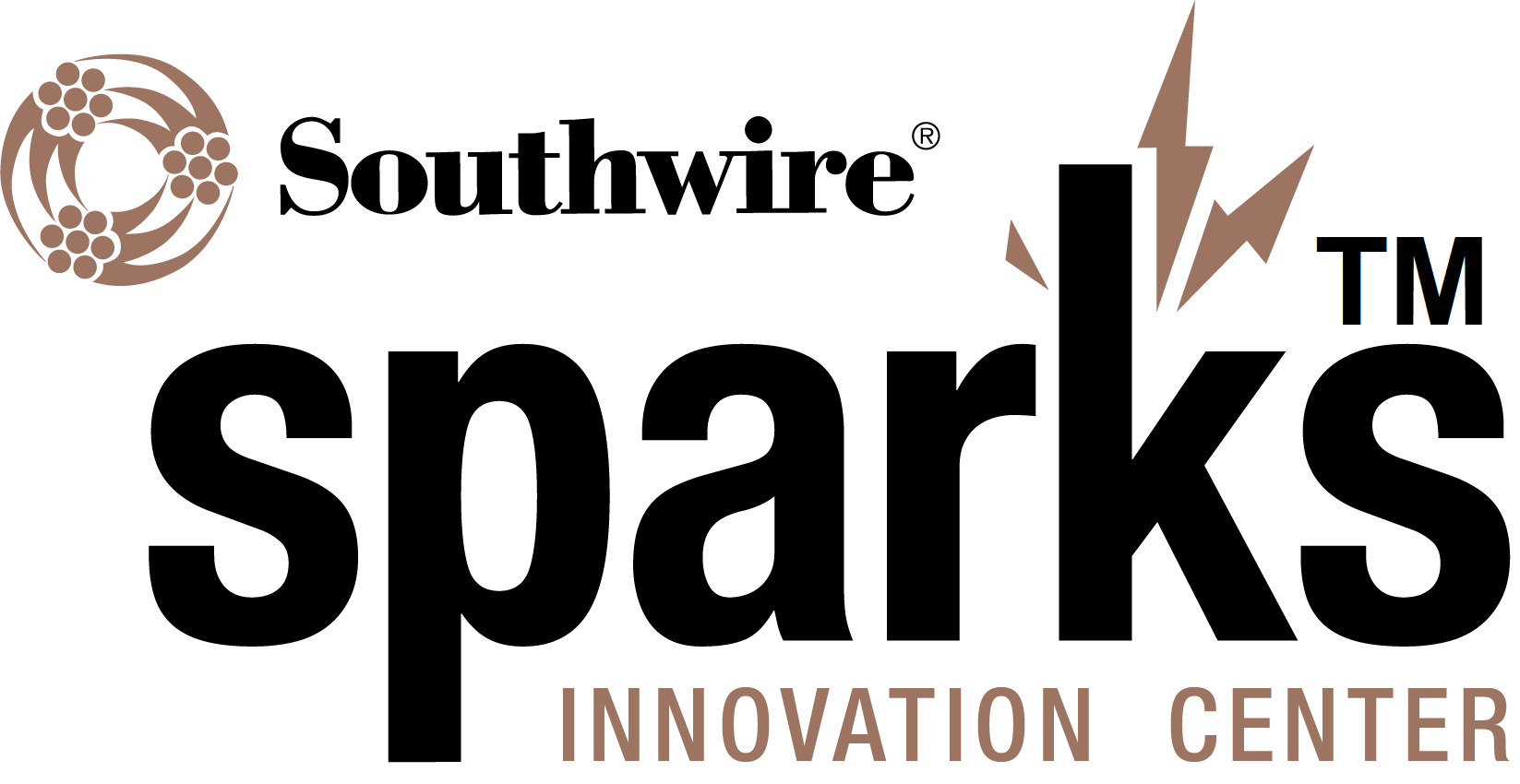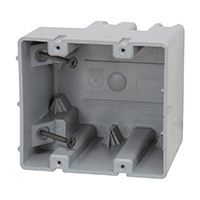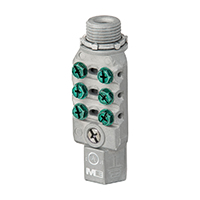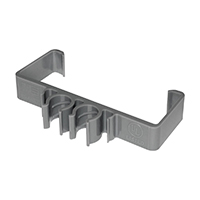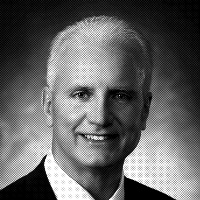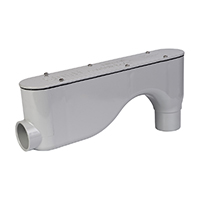What happens when you submit an idea?
- Complete the non-confidential submission form and send it for product management to preview and assess Southwire’s interest.
- If product management is interested in further but confidential details, you will receive a signed non-disclosure agreement for your signature and return submission.
- Southwire Company will review your submission and examine important success criteria of your idea. This process will typically take 30-60 days from the time we receive your detailed submission.
- When success criteria are met we will contact you to schedule a Post Evaluation in-depth discussion.
- Conduct a search, if search results reveal prior use of the idea/product, Southwire may elect not to pursue further.
- If the outcome of our discussion and search is to proceed, we will work with you to design, develop, and manufacture a prototype (if one does not already exist) targeting specifications.
- When specs are met, we will negotiate and discuss the terms of our business relationship before mass manufacturing the new product.
- When the Parties agree to the terms, Southwire Company will then promote, market, sell, distribute the new product and compensate you per the terms of our business agreement.
